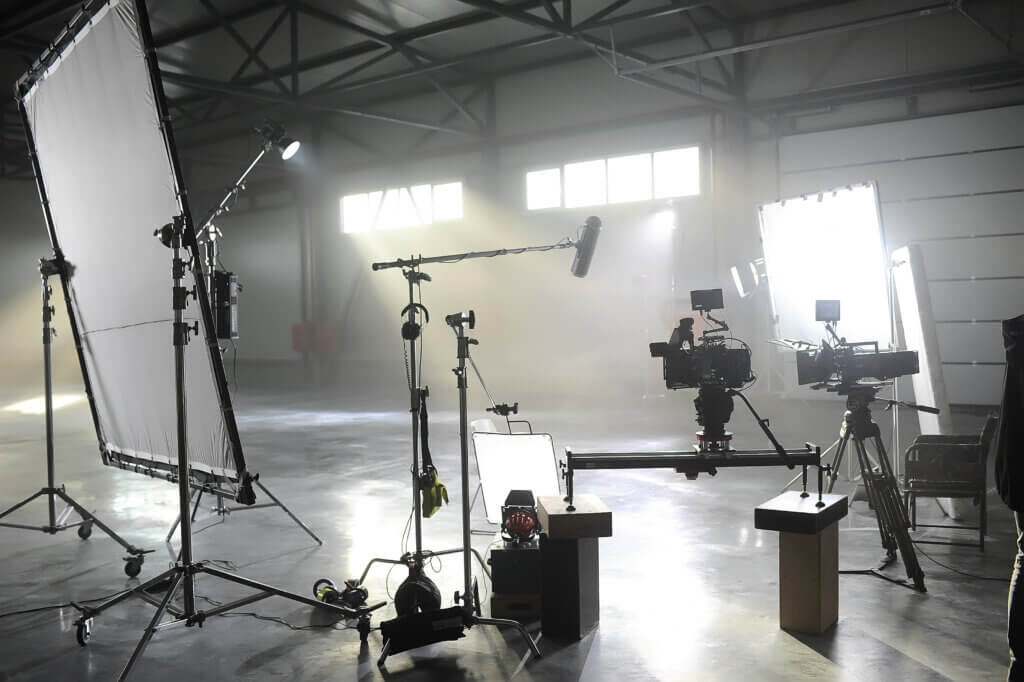
Introduction:
When crafting a film budget, it’s vital to give due attention to below-the-line costs. These expenses constitute the production expenditures required to bring a film to life, encompassing a wide range of elements such as crew wages, equipment rentals, location fees, set construction, costumes, transportation, catering, and more. In this blog, we will explore the significance of below-the-line costs in film budgeting and discuss the key factors to consider for accurate estimation and effective budget management.
Understanding Below-the-Line Costs:
Below-the-line costs represent the direct expenses incurred during the production phase of a film. These costs cover a diverse array of essential components, including crew wages, equipment rentals, location fees, set construction, art department expenses, costumes, makeup and hair, transportation, catering, and various other production-related expenditures. Accurately estimating these costs is crucial for creating a realistic and comprehensive budget.
Research and Industry Standards:
Thorough research is fundamental when estimating below-the-line costs. Industry standards and benchmarks provide valuable insights into the typical expenses associated with various production elements. Analyze similar projects, consult industry professionals, and leverage online resources to gain a comprehensive understanding of the costs involved. This research forms the basis for accurate projections and informed decision-making during budget creation.
Project-Specific Requirements:
Every film project is unique, and below-the-line costs can vary significantly based on its specific requirements. Consider the genre, period setting, scale, and creative vision of the film to determine the necessary resources and corresponding expenses. For example, a period film may demand extensive set construction and costume design, while an action-packed project might require additional expenditures on special effects and stunts. Understanding these project-specific requirements is vital for budget accuracy.
Detailed Line-Item Breakdown:
To ensure a thorough and accurate budget, break down below-the-line costs into specific line items. Create a comprehensive list of all production elements and associated expenses, including crew positions, equipment rentals, permits and fees, art department needs, transportation, and catering requirements. A detailed line-item breakdown helps identify potential cost-saving opportunities, prioritize expenditures, and maintain financial transparency throughout the production process.
Quotes, Bids, and Negotiations:
Procuring accurate quotes, bids, and negotiating contracts play a crucial role in managing below-the-line costs effectively. Engage with reputable vendors, production companies, and suppliers to obtain competitive quotes for equipment rentals, location fees, catering services, and other necessary resources. Negotiating favorable terms and exploring cost-effective alternatives can contribute to budget optimization without compromising quality.
Cost Control and Contingencies:
Careful cost control is essential to avoid overspending and maintain financial stability during the production phase. Regularly monitor expenses, track actual costs against projected budgets, and identify areas where adjustments can be made without sacrificing the film’s vision. Additionally, allocating a contingency fund of around 10-15% to account for unforeseen expenses or production delays ensures financial flexibility and safeguards against budgetary surprises.
Collaboration and Communication:
Effective collaboration and communication among the production team are crucial for successful budgeting of below-the-line costs. Ensure that key stakeholders, including the producer, line producer, and department heads, are involved in the budgeting process. Encourage open dialogue, provide clear guidelines, and foster an environment where department heads can share their expertise to help refine cost estimates and identify potential efficiencies.
Conclusion:
Accurate estimation and management of below-the-line costs are essential for creating a comprehensive and realistic film budget. Through thorough research, industry benchmarking, project-specific considerations, detailed line-item breakdowns, prudent negotiation, and effective cost control, filmmakers can optimize their resources, maintain financial transparency, and successfully bring their creative vision to life while staying within budgetary constraints.